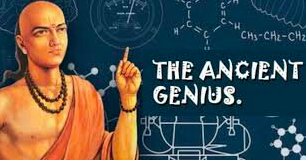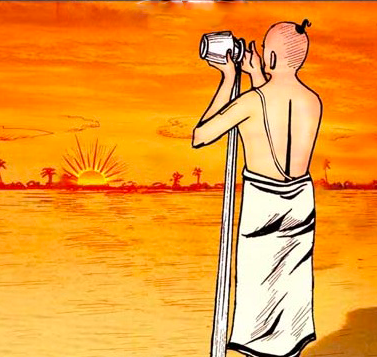
Knowledge & Bharat : Part VI
Main Aspects of Vedic Education :
Đ Educational system of Vedic period focussed on character-formation, development of personality, & contribution to knowledge in all branches of learning as well as social well being & material prosperity.
#Thread
Main Aspects of Vedic Education :
Đ Educational system of Vedic period focussed on character-formation, development of personality, & contribution to knowledge in all branches of learning as well as social well being & material prosperity.
#Thread
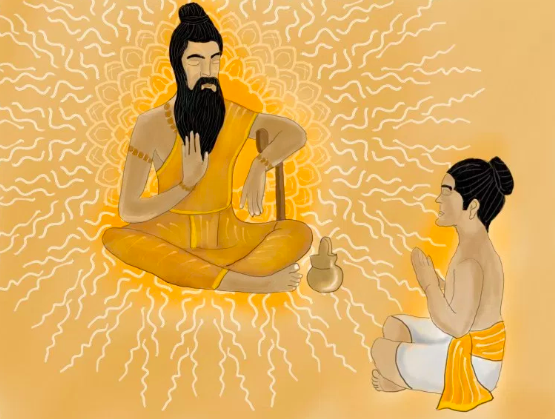
Some special features of the educational system of the Rigveda era may be summed up as follows :-
I) The admission was made by the formal ceremony Upanayana or initiation by which the pupil left the home of his natural parents for that of the preceptor.
I) The admission was made by the formal ceremony Upanayana or initiation by which the pupil left the home of his natural parents for that of the preceptor.
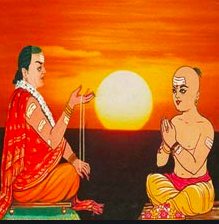
In this new home he had a second birth and was called Dvijya or twice born.
II) The pupil was eligible to admission to the preceptor’s house only on the basis of his moral fitness and unimpeachable conduct.
III) The discipline of brahmacharya or celibacy was compulsory.
II) The pupil was eligible to admission to the preceptor’s house only on the basis of his moral fitness and unimpeachable conduct.
III) The discipline of brahmacharya or celibacy was compulsory.

Though a married youth was entitled to get education, yet he was denied the right of being the residential pupil.
IV) It was one of the sacred duties of the pupil to serve his preceptor. He pledged devotion to him in thought, speech & deed and worshipped him as his own father
IV) It was one of the sacred duties of the pupil to serve his preceptor. He pledged devotion to him in thought, speech & deed and worshipped him as his own father

or God. Pupils who neglected their duties were debarred from education and expelled from the institution.
V) Brahman-Sangh was an organization where meritorious students were given chances to fulfill their quest of higher knowledge. These Sanghs may be compared to the seminars
V) Brahman-Sangh was an organization where meritorious students were given chances to fulfill their quest of higher knowledge. These Sanghs may be compared to the seminars
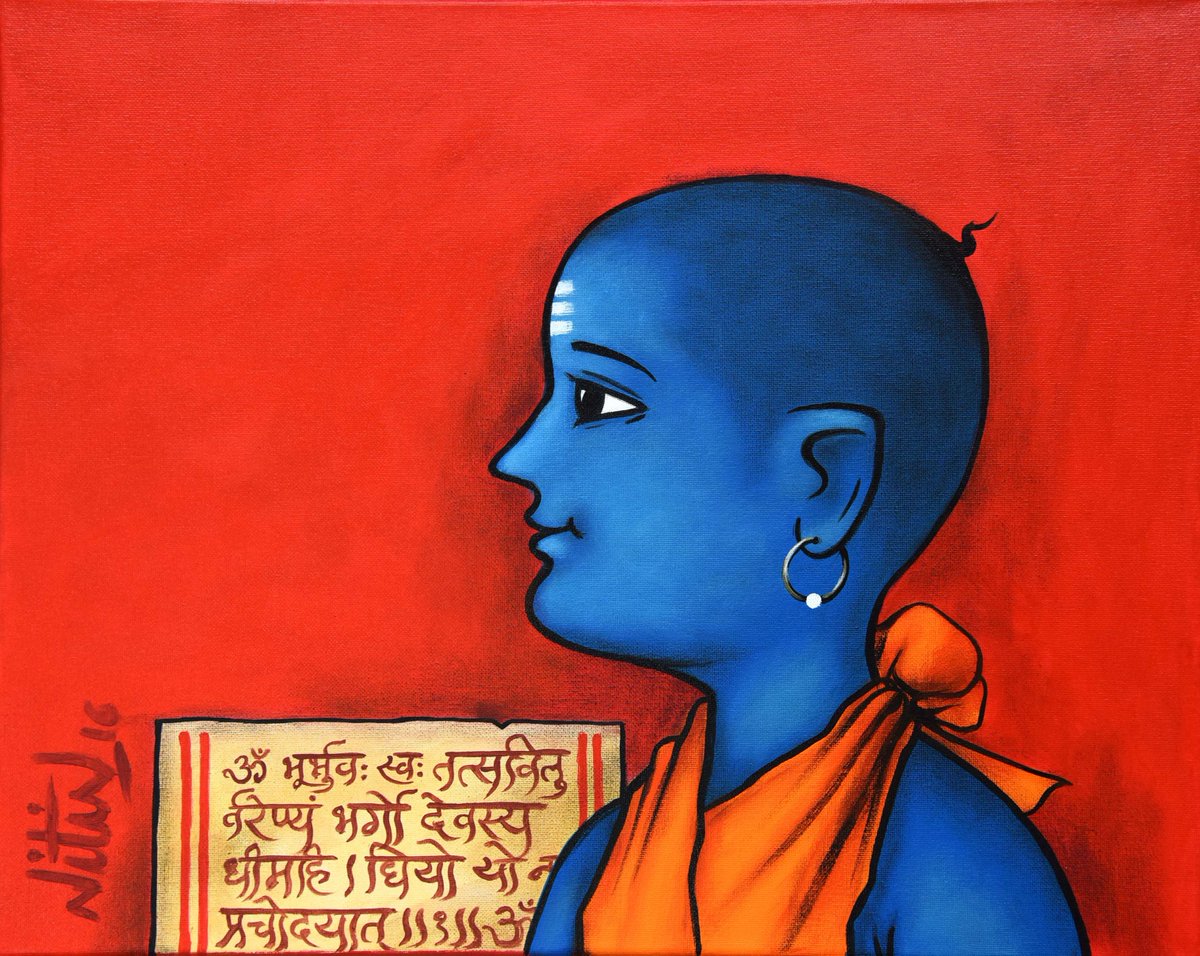
of the modern times.
VI) There was equality between the sexes in the filed of knowledge. The Rig Veda mentions women 'Rais' called 'Brahmanavadinis' (Will cover this in detail in a separate Thread ).
VII) Princes & other leading Kshatriyas were trained in all the manifold
VI) There was equality between the sexes in the filed of knowledge. The Rig Veda mentions women 'Rais' called 'Brahmanavadinis' (Will cover this in detail in a separate Thread ).
VII) Princes & other leading Kshatriyas were trained in all the manifold

sciences to make them fit for government.
Some cities became renowned because of their teachers & some for their astounding variety of subjects taught. Chief among them were :-
Vārāṇasī,
Takhkhasilā,
Nālandā,
Ujjayinī,
Kañcī,
Sharada Peeth,
Nagarjuna Vidyapeeth.
Pushpagiri,
Some cities became renowned because of their teachers & some for their astounding variety of subjects taught. Chief among them were :-
Vārāṇasī,
Takhkhasilā,
Nālandā,
Ujjayinī,
Kañcī,
Sharada Peeth,
Nagarjuna Vidyapeeth.
Pushpagiri,
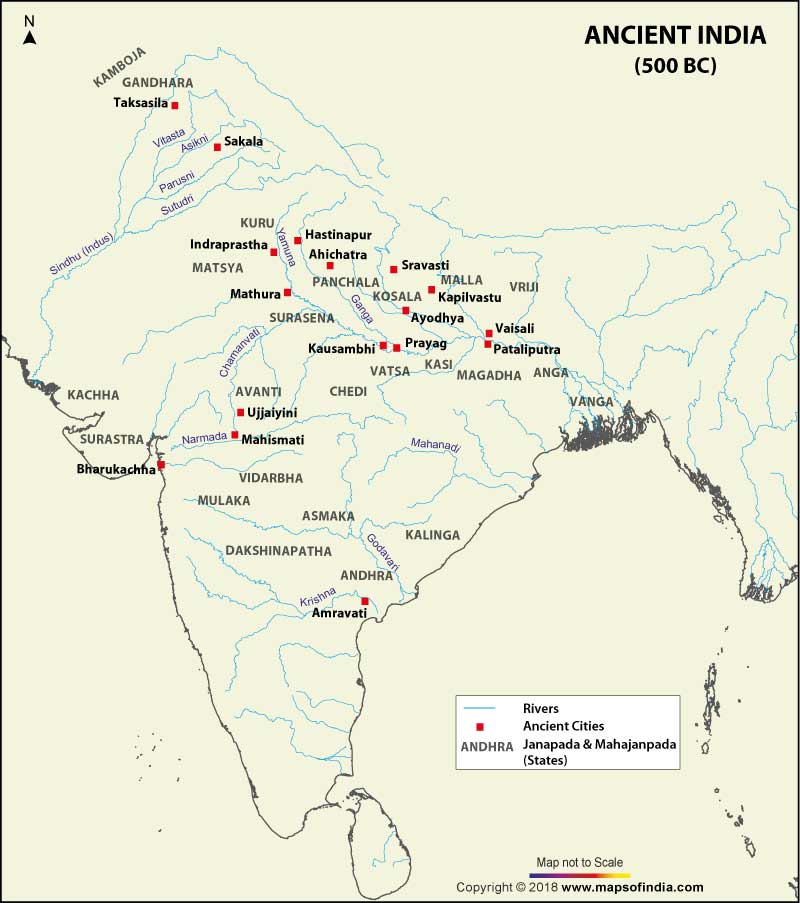
Vikramashila, Vallabhi.
Vārāṇasī was famous for its religious teachers. Takhkhasilā was known for its all round studies. Among the famous men connected with Takhkhasilā was Panini, the grammarian of the fifth or fourth century B.C.: Kautilya, the Brahmin minister of
Vārāṇasī was famous for its religious teachers. Takhkhasilā was known for its all round studies. Among the famous men connected with Takhkhasilā was Panini, the grammarian of the fifth or fourth century B.C.: Kautilya, the Brahmin minister of

Chandragupta Maurya and Charaka one of the two leading authorities of Indian medical sciences. The institutions imparted Vedic knowledge that exists even today. There were also universities like Takhkhasilā and Ujjayinī for medicine & learning including mathematics and astronomy 
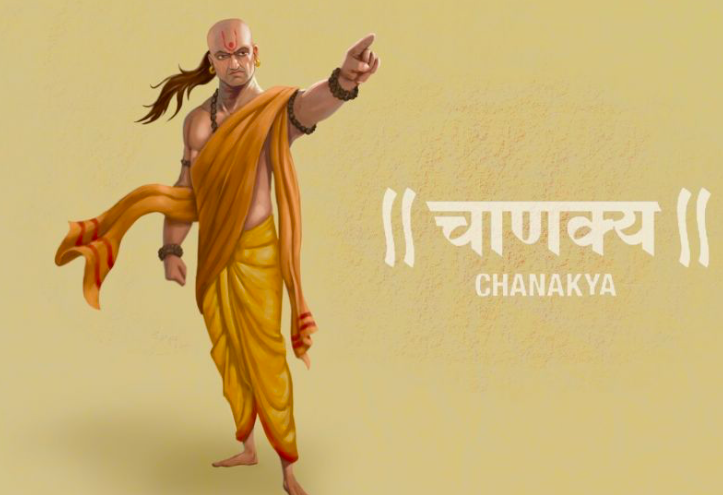
respectively. In the south Kañcī became an important center of learning.
In the Rigvedic period occupations were not dependent on Varna system. At that time the nature of education was religious; but this sort of education was meant only for those persons who, rising above the
In the Rigvedic period occupations were not dependent on Varna system. At that time the nature of education was religious; but this sort of education was meant only for those persons who, rising above the
mundane interests, were capable of attaining spiritual heights. Ordinary people were
still engaged to advance the material well-being of the society This age is exemplary for its economic, political and religious progress and famous for various arts and crafts, agriculture,
still engaged to advance the material well-being of the society This age is exemplary for its economic, political and religious progress and famous for various arts and crafts, agriculture,
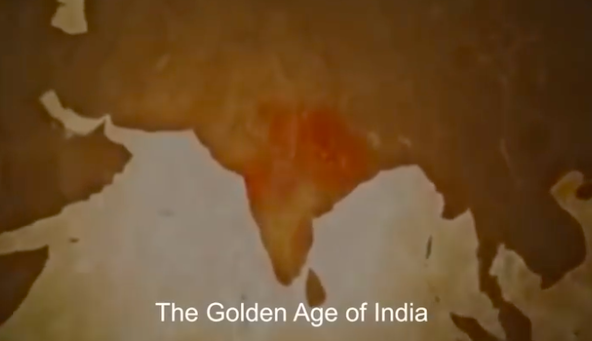
commerce and trade. It thus, leads to the inevitable inference that the period must have evolved an elaborate system of vocational, scientific and commercial education.
Conclusion Remarks :
Thus, The educational system of Vedic period achieved astounding success in connection
Conclusion Remarks :
Thus, The educational system of Vedic period achieved astounding success in connection
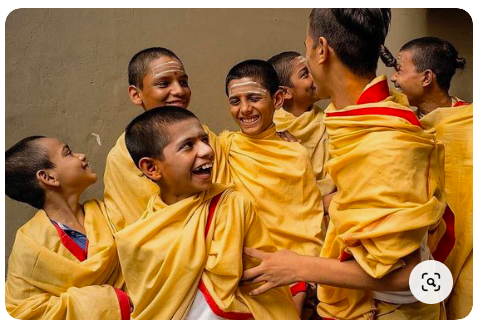
with character- formation, development of personality, and contribution to knowledge in all branches of learning as well as social well being and material prosperity.
The Vedic education was essentially spiritual and religious in character, yet it did not ignore the material aspect, the evidence whereof is available in the Yajurveda and the Atharvaveda. 

@RituRathaur @ikkmurugan @Mishti_in @shallakaul @BeenaPP1 @IshaSattva @geetaraavi @armykafan @kachnarr @apparrnnaa @ushanirmala @lokagatha_ @bangadvedant @aneelgs @pburavalli @mysql_sync @deshmata @VamseeJuluri @HinduMediaWiki @vishalshahani11
• • •
Missing some Tweet in this thread? You can try to
force a refresh

